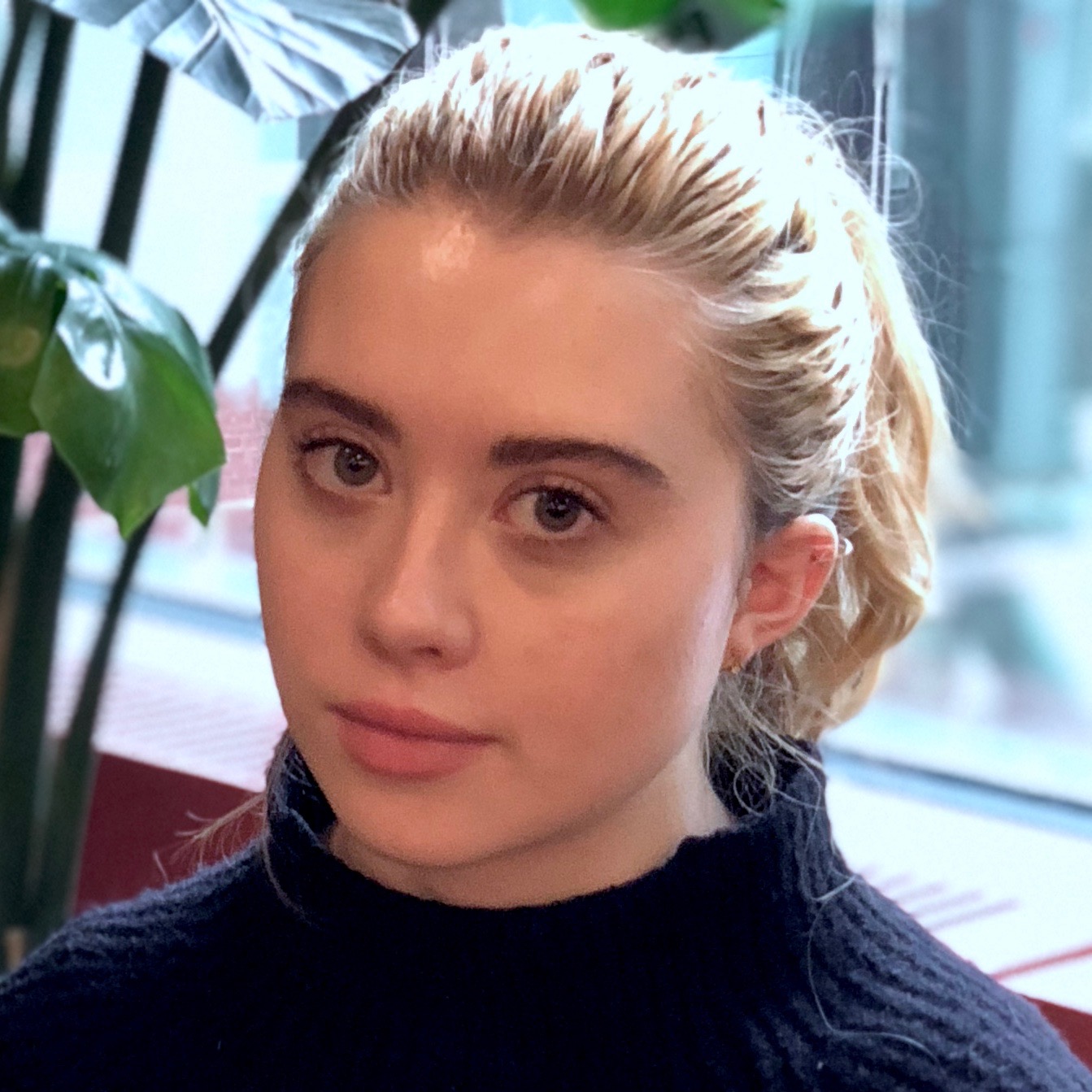How We Work
The Magic of the Everybody Meeting
No company secrets were harmed in the making of this blog post.
Whether you love them or hate them, you have to live with them. Sometimes they’re 10 minutes long, and sometimes they take up an entire hour. Sometimes they’re amazingly productive, and sometimes they would have been better off as a Slack message. You know what I’m talking about — meetings. At Lickability, we have a very special one that we look forward to every week: the Everybody Meeting.
Lickability Fridays
We dedicate the last day of every week to what we call “Lickability Friday.” Four out of five days a week, we spend our time working on client projects — but on Lickability Fridays, the whole company takes a breath to focus on what’s going on in our own office (inspired by our friends at Thoughtbot). We work on our products, we have a team lunch at a nearby restaurant, and we have, of course, the Everybody Meeting.
The Everybody Meeting is exactly what it sounds like: everybody at the company gathers in the conference room, where we go over the details of what happened that week — we review every client project, internal product, and department one by one. This might sound tedious, but it’s also incredibly important. As a small company, we function best when everyone knows what everyone else is working on. The Everybody Meeting creates space for that to happen, and for people to ask questions, hear outside opinions, and learn from each other on a regular basis.
How it works
The structure of our meetings isn’t set in stone, so it’s able to change week to week based on our needs. That said, we like to think we’ve nailed down what works the best for us. We use a Notion template with headers for every topic we want to cover, and bulleted prompts that detail how we want to cover them. A few of the specific things we go over are:
- Last week: To refresh everyone’s memory on what was going on a week ago, and to make sure the concerns we had last week have been dealt with.
- Good stuff: To celebrate the victories, big and small.
- Concerns: To encourage people to bring up issues and find a way to fix them, together.
- To do: To make sure the things that need to get done are taken care of. Every Friday morning, we fill out each section in the document and read over what others wrote. Then, when it comes time to gather together in the conference room, we go over the document together and ask questions about what we’re curious or confused about, figure out how to deal with specific concerns, and assign tasks for the week ahead.
Why it works
There’s no one good way to do meetings, because there are lotsof ways to do meetings and every company’s needs are different. What works for us might not work for you! And what works for us this year might not even work for us next year. When it comes to meetings (as with most things), it’s important to recognize that you could probably always be doing the thing you’re doing better.
So far, this structure has been working great for us. It’s thorough, but streamlined, and keeps our meetings both productive and quick — usually, it takes us about 30 minutes to get through everything before heading off to lunch together. We don’t have a lot of meetings at Lickability, so we try to keep the ones we do have as productive, flexible, and helpful as possible. Using a meeting template and sticking to a similar routine every week, while still allowing for change and encouraging discussion, has helped us get the most out of our weekly team meetings
We’ve all been in plenty of bad meetings — meetings with no agenda, meetings that are longer than they should be, and meetings that don’t seem to get anything done at all. If you find yourself stuck in a rut with unproductive, time-wasting meetings, remember: it doesn’t have to be that way. Our advice? Figure out what exactly it is you want to get out of each meeting, put some effort into making it happen, and find a routine that works well for your needs.
And yeah, in some cases, that meeting should totally just be an email.
